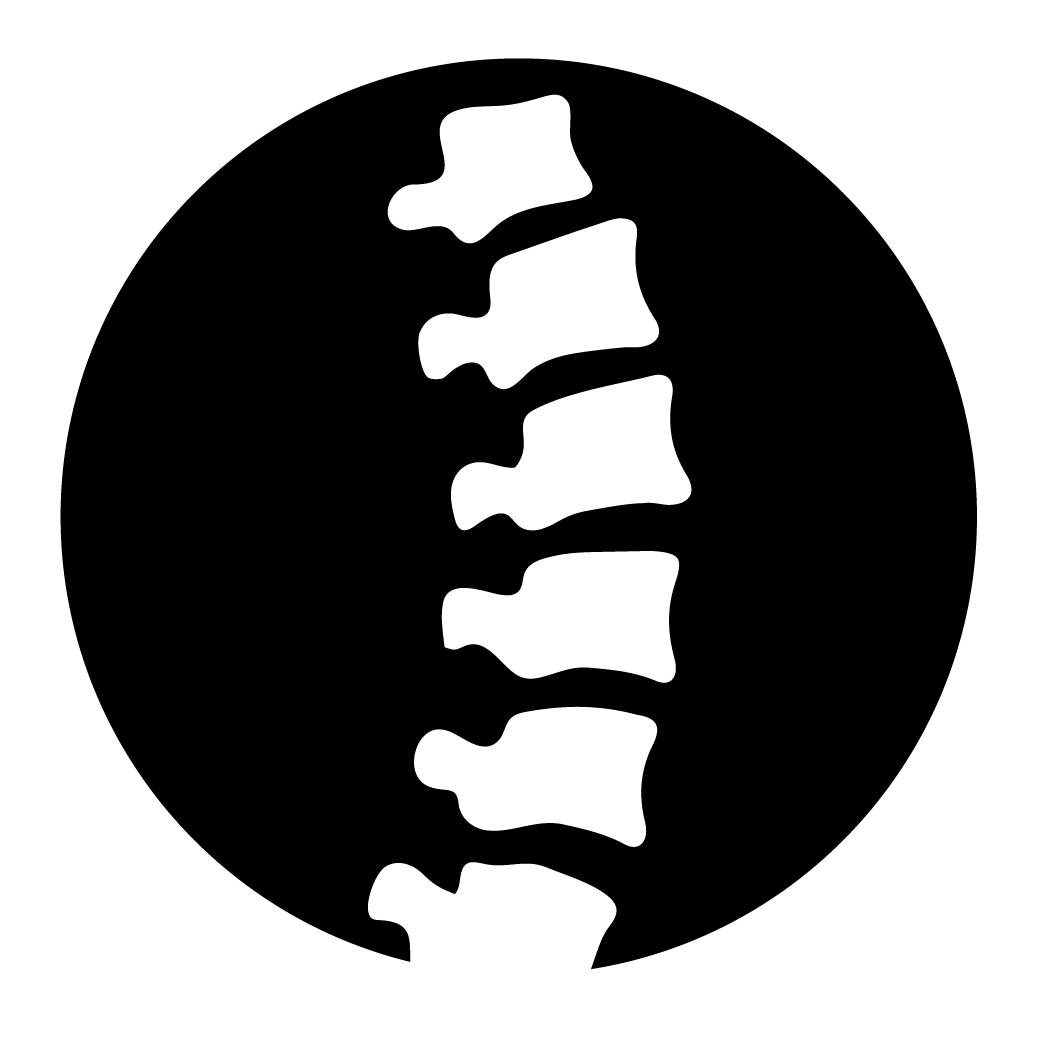Knee Pain
Pain in your back may be due to a problem further down your body. When people have knee pain, they’re likelier to adopt poor posture, keeping pressure off their aching joint by thrusting out a hip and bending their back to the other side to keep their balance. This is terrible for the lower back and pelvic muscles, and while we at Cleary Family Chiropractic in Woodstock can provide safe and minimally invasive treatment, we want people to better understand how knee pain develops. When a person is suffering from stiffness and soreness in the knee, we call that “patellofemoral syndrome.” The kneecap is a sesamoid bone, which means it does not connect to the rest of the skeleton in the way most bones do. Instead, it rests on cartilage in a trench at the bottom of the femur and is held in place by muscles and ligaments. When those tissues become inflamed and the kneecap is displaced, it may erode its supporting cartilage. Patellofemoral Syndrome tends to be worse when a person is walking u
